From Sea to Shining Sea:
A Film Treatment by Paul Gasek and Gene Carl Feldman
21 JULY
Apollo 11
Work continues in the Sea of Tranquility, far from the Gulf Stream. Meanwhile, Michael Collins has been orbiting the Moon by himself every two hours.
At 1:54 PM EST, their work on the lunar surface completed, Armstrong and Aldrin fire the ascent engine, leaving behind almost 5,000 pounds of weight behind, including the descent stage of the lander. About three and a half hours later, they dock with Collins in the command module and the three astronauts are reunited. They continue to orbit the Moon until just after midnight.
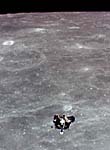
![]()
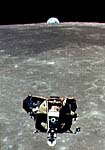
![]()
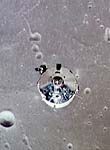
![]()
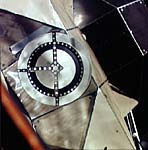
PX-15
The Franklin crew colds have responded to medication and they begin to improve. (The subject of microbial contamination will figure prominently in the NASA report at the end of the mission.)
Bathed in the Ben Franklin’s spotlights, a swordfish takes up position next to the sub as it drifts at 650 feet. It observes the Franklin for a period - then attacks! No damage reported.
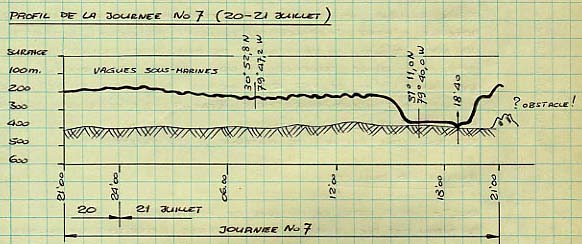
Despite a few minor technical glitches, all systems remain in good working order, potable water remains good, and carbon dioxide contamination at low levels.
22 JULY
Apollo 11
On the backside of the Moon, at an altitude of 60 nautical miles above the lunar surface, traveling at about 3,600 miles an hour, Apollo 11 fires its rockets to set a course for Earth.
At 4:30 AM, the astronauts begin a lengthy sleep period to recover from their long day on the Moon. At 174,000 miles from Earth, and only 33,400 from the Moon, the Earth’s gravitational pull begins drawing the astronauts homeward. They make a mid-course correction, and then the Earth gets a live TV transmission by the first human beings to set foot on the Moon.
PX-15
Drifting at a depth of 1800 feet off the coast of Savannah, Georgia, and 30 to 50 feet off the bottom, the Franklin begins its photographic survey of the terrain for the Navy Oceanographic Office. Tensions are high because of the sub’s proximity to the bottom and the risk of collisions with wrecks and other obstacles.
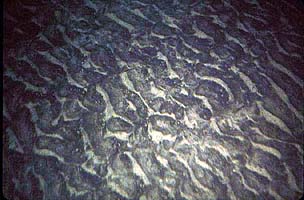
![]()
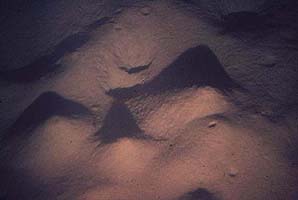
Encountering a surging current, the Franklin uses its engine to stabilize, as they conduct experiments measuring the speed of sound in water. The Deep Scattering Layer of dense planktonic life has not yet appeared. The sub’s sonar warns of a large obstacle dead ahead in the darkness of 1800 feet - the sub ascends 100 feet, clears the obstacle, and descends again to continue photographing the bottom. Captain Kazimir later discovers that the obstacle is a sonar anomaly, a malfunction in the equipment.
Weather topside remained good topside for the Privateer.
PREVIOUS PAGE | Page 11 | NEXT PAGE